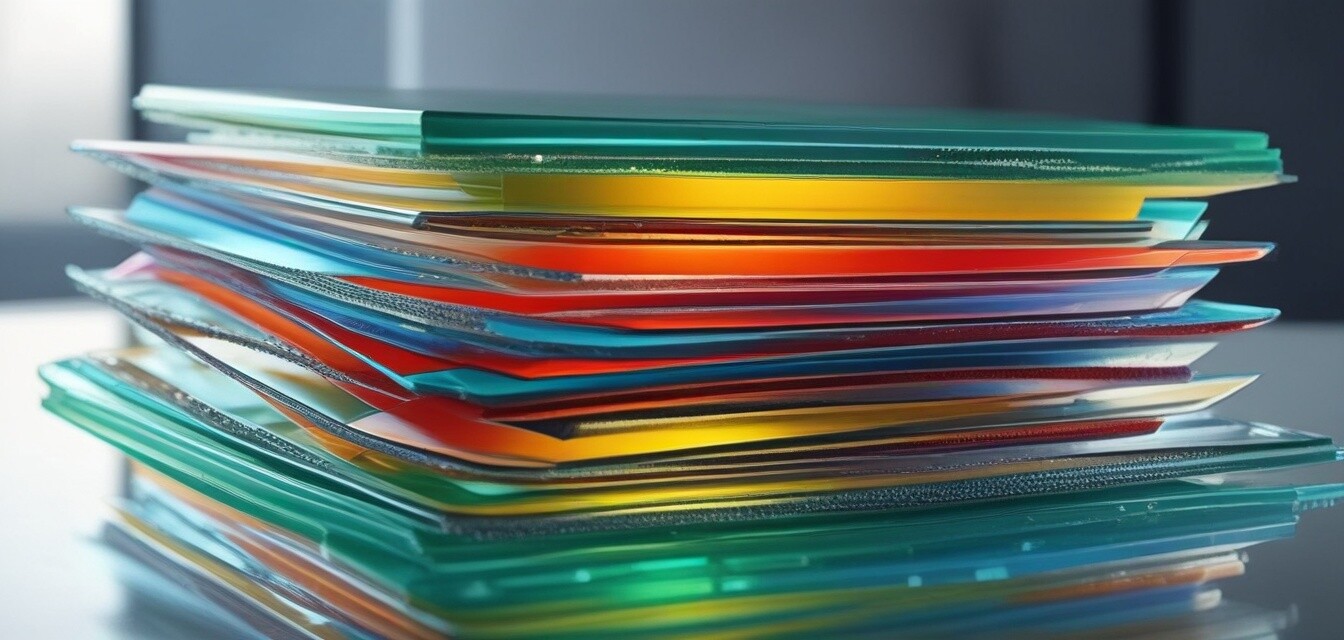
Innovative Techniques for Layering Glass Sheets
Key Takeaways
- Layering glass sheets can create stunning visual effects.
- Understand the different techniques for layering, including fusing and slumping.
- Experimentation is key to discovering unique results in your glass art projects.
- Choosing the right glass sheets and materials significantly impacts the outcome.
- Always prioritize safety when working with glass tools and kilns.
Layering glass sheets offers an exciting way to enhance the depth and beauty of your glass creations. With innovative techniques, artists can manipulate the interplay of colors, textures, and light, ultimately transforming an ordinary piece into a stunning work of art. In this article, we will explore various methods for layering glass sheets, providing you with the insights necessary to experiment and develop your unique style.
Understanding Different Glass Types
Before diving into layering techniques, it’s essential to familiarize yourself with the different types of glass suitable for your projects. By understanding the properties of various glass sheets, you can make informed choices that impact the final result. Below is a comparison of common glass types used in layering:
| Glass Type | Description | Best Used For |
|---|---|---|
| Art Glass | Colored, opaque, or transparent glass, often used in stained glass. | Decorative pieces |
| Float Glass | Clear or tinted glass with a flat surface, used in windows. | Functional pieces, large panels |
| Fusible Glass | Specifically made for fusing; melts at lower temperatures. | Fused glass art, jewelry |
| Opalescent Glass | Translucent glass with an iridescent quality. | Lighting fixtures, decorative accents |
Layering Techniques
Once you've selected the appropriate glass type, it's time to explore the various layering techniques. Below are some popular methods:
1. Fused Glass Layering
Fusing involves stacking sheets of glass and heating them in a kiln until they partially melt. Here’s a quick guide:
- Choose your glass sheets based on color and texture.
- Cut your glass sheets to the desired dimensions.
- Arrange them in your kiln, ensuring they are placed according to your design.
- Set the kiln to fuse the glass, typically between 1100°F to 1500°F.
2. Slumping Techniques
Slumping is a technique used to shape glass by placing it over a mold and heating it in the kiln. This technique can add dimension to your layered glass sheets:
- Create or choose a mold that complements your design.
- Layer your pre-fused or blank glass sheets over the mold.
- Heat the kiln to the appropriate temperature to allow the glass to form into the mold.
3. Combining Textured Glass
Textured glass can add additional visual interest to your projects. Here’s how to use it effectively:
- Incorporate glass with varying textures for dynamic layering.
- Use transparent and opaque glass sheets in conjunction to create depth.
- Experiment with different thicknesses to see how they interact when heated.
Choosing the Right Tools and Supplies
The right tools and supplies are crucial for successful glass layering. To assist you in your endeavors, here’s a list of essential tools:
| Tool | Purpose |
|---|---|
| Glass Cutter | To cut glass sheets to your desired shape. |
| Kiln | For fusing and slumping processes. |
| Safety Gear | Protective eyewear, gloves, and masks. |
| Ruler and Marking Tool | To measure and mark precise cuts on glass. |
Safety Tips for Glass Making
Working with glass requires careful attention to safety. Here are some vital safety tips to keep in mind while layering glass sheets:
Tips for Beginners
- Always wear protective eyewear and gloves.
- Ensure your workspace is well-ventilated.
- Keep all tools organized to prevent accidents.
- Read and adhere to kiln firing schedules carefully.
Experimentation and Creativity
One of the most exciting aspects of layering glass sheets is the endless possibilities for experimentation. Don’t hesitate to try new ideas and techniques – here are some creative suggestions:
- Layer bright colors for a bold statement.
- Use clear glass to create luminous effects with lighting.
- Incorporate different shapes and sizes for unique compositions.
For more inspiration, check out our Glass Sheets and Supplies collection, where you can find a variety of materials to support your glass art projects.
Layering glass sheets is a rewarding and fun way to enhance your glass art. By understanding the different techniques and experimenting with various materials, you can unlock your creativity and create breathtaking pieces that stand out. Whether you are just starting out or refining your skills, remember that every project is an opportunity to learn and grow as an artist.
Conclusion
In conclusion, mastering the art of layering glass sheets opens new avenues for both creativity and expression in the world of glass art. By implementing the techniques discussed and prioritizing safety, you will be well on your way to becoming a skilled glass artist. Don’t hesitate to explore our blog on Glass Sheets and Supplies for more insights and tips to elevate your crafting experience!

